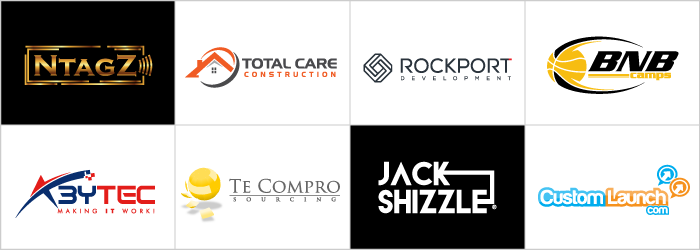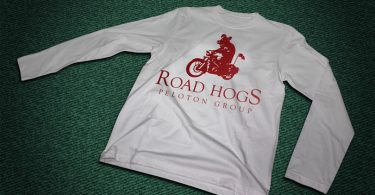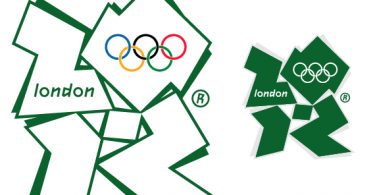Many entrepreneurs think that the font for their business name is like a trophy wife—just there to look pretty, all perfect hair and manicure. So, they try to find a font that looks cool, often without looking at any of the features of the font itself.
But, the font in your logo is a busy little element. It works 4 jobs!
So, what are the font’s jobs?
The font’s job is to be legible and scalable, to make your business name look good, and to strengthen your entire brand story. Let’s break these elements down one at a time.
1. To be legible
Your business name should be able to be read easily, quickly, and clearly.
Make sure the letters are spaced far enough apart, so that they don’t bleed together visually or when printed.
Make sure that the letter shapes are distinguishable from one another—that your lower case “I” doesn’t look like an “L,” for example.
Also ensure that you can read it at a glance. Most people won’t pore over your logo. They’ll just skim it. You want to make sure that the font that you choose is not difficult to read. This becomes even more important when your logo is featured on a sign, vehicle, or billboard—where your viewers will be passing it at a fast pace.
Example:
![]()
At smaller sizes, the space between the dot and line in this lower case “I” might blur—which could make it look like a lower case “L”.
2. To be scalable
Your logo should be able to blow up to billboard size and scale down to postage stamp size and be readable across all of these different options. Make sure that legibility doesn’t suffer when size changes. Scaling up usually isn’t an issue, but scaling down can be a real problem on ornate or heavily stylized fonts.

3. To make your business name look good
Choose a font that includes good letter shapes for all the letters in your business name. For example, some lower case Gs look pretty funky — so if your business name includes a G, you may want to stay away from fonts that include strange Gs like the one on the right.
Examples:
Also, if you have a long business name, consider using a lighter font so that your business name doesn’t dominate the entire logo — you want the font to balance with the icon. The following example shows what happens to a logo when fonts are in versus out of balance, as in the example on the right:

You might also want to vary the font so that the most important words in the name stand out, giving the logo more visual interest. This can be as simple as changing color, size, or weight/boldness of the font or using 2 fonts together for more variety. Here are some examples of those techniques:

4. To support your brand definition
This is your font’s last job, and it can be done in different ways in your logo, depending on how much of your brand story is told by your logo icon.
If you’ve told most of your story with the icon, then all the font needs to do is support that.
Examples:
This logo icon is clean and modern looking, because the personality of the business is cutting-edge. When paired with a modern, bold font, the logo’s meaning is reinforced. If the design had used a traditional serif font, it would contradict the icon, as on the right.

In the next logo, both the icon and font say “strong” and “well built.” But, if we switch the font to a lighter version with a bit of a tilt, the logo suddenly looks much less stable and ready to topple over.
![]()
If there’s still a bit of your story to be told, then a contrasting logo font can help reveal the rest of your brand. This creative consultant wanted to show that she could be both highly creative and artistic as well as business savvy. The font brought an otherwise eclectic logo back down to earth. If she’d chosen an artsy font —as on the right—her seriousness about her business (and her clients’ businesses) would not have been communicated as clearly.

If you choose your logo font carefully to perform these 4 jobs for your business, then it will be more than just a pretty face—it will help your logo to be more effective.
Subscribe to our Newsletter!



